Hey, y’all. Happy Finals week. We have made it through our first semester of the year, and my first semester as president and I am overjoyed by those of you who have shown interest in the club even if you can’t make it every week. I have quite frankly heard some amazing work come out of our meetings and I have even written some of it in between horribly embarrassing lines such as, but not limited to “‘Ella? Snowball?’ Locke leaned back against the wall. His sculpted, bronze arms were filled to the brim with crinkly chip bags and semi-squished, pre-packaged deserts.” Honestly I look forward to meetings every week.
As for house keeping items, I have to come up with the schedule for the next semester so if anybody has any suggestions for meeting’s please do email me. My email is at the bottom of all of my emails, so please be courteous and use a separate email. I would also like to do something for April Camp NaNoWriMo because I know a lot of people participate in that. I want to make a private cabin like we did over the summer for the club so when we get around to that I will begin making those preparations, but I would also like to throw some sort of event in person so if anyone has ideas… email me. Also Common Grounds, another club which I am partial to, would love to have organizations such as ours. If there’s interest we could host a storytelling event or poetry reading. It wouldn’t even have to be your own work, if people would like to read short pieces that they love that would be fantastic as well.
Meetings will continue to be on Saturdays. I will continue to be ridiculous. And you will hopefully still be okay with that.
Please respond to this survey by next week for Club based activities:SURVEY
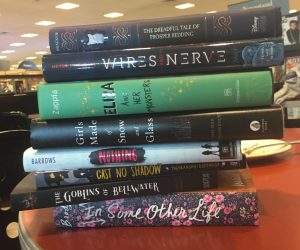
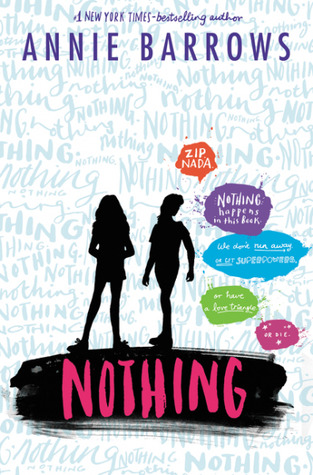


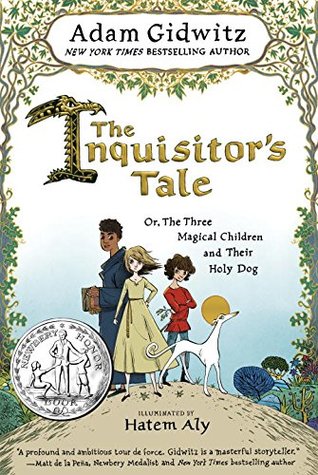
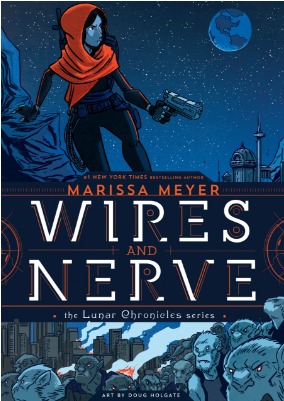


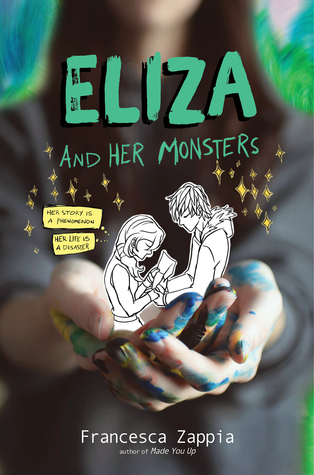
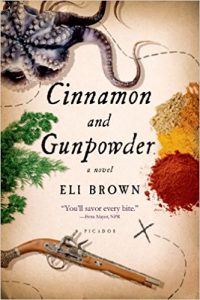
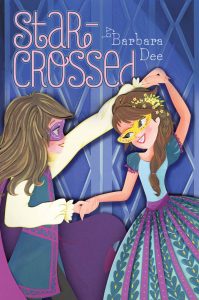
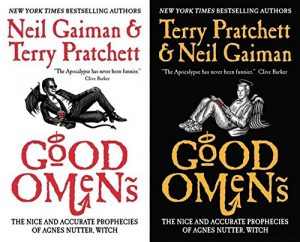
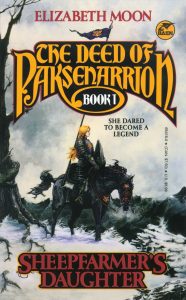
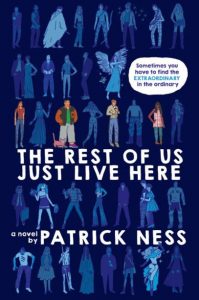
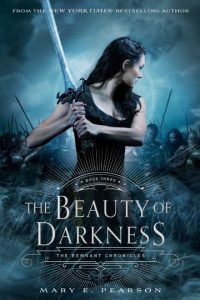
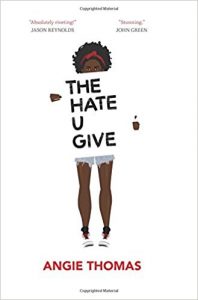

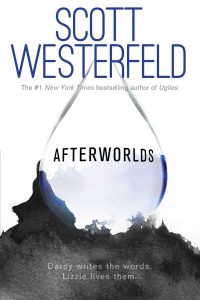
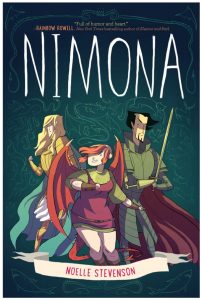
Recent Comments